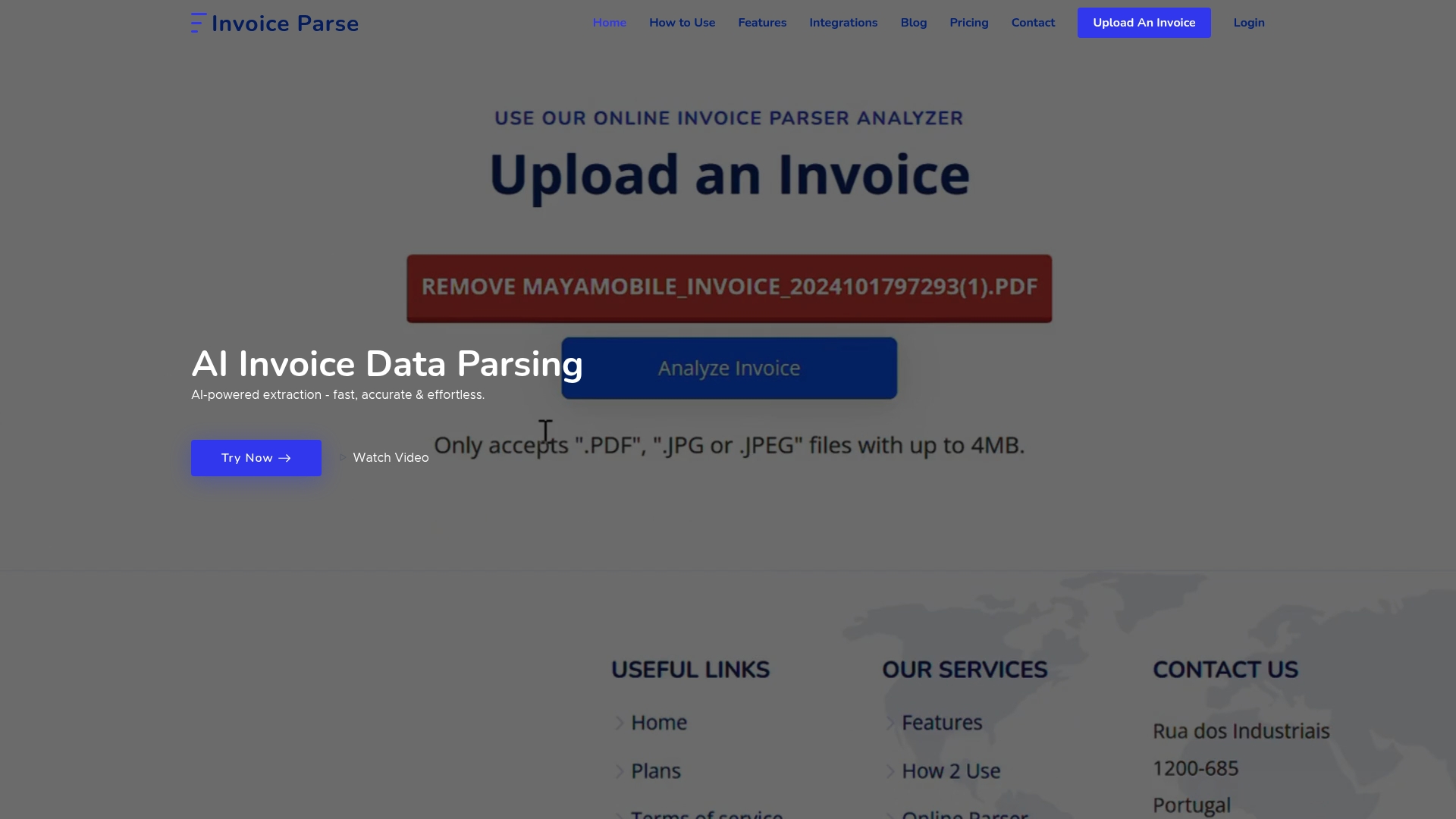Every business depends on information to run smoothly and make smart decisions. Studies show that poor data quality can drain as much as 25 percent of a company’s operating revenue. Most people think the real threat comes from hackers or big tech failures. It actually starts much closer to home, where even small errors in data accuracy and consistency can quietly trigger massive financial losses and shake trust at every level.

Understanding Maintaining Data Integrity for Businesses
Table of Contents
- What Is Data Integrity And Why Is It Important?
- The Role Of Data Accuracy And Consistency
- How Data Integrity Affects Decision Making
- Key Principles Of Maintaining Data Integrity
- Real-World Challenges And Solutions In Data Management
Quick Summary
| Takeaway | Explanation |
|---|---|
| Data integrity ensures accurate decision making. | High-quality data supports strategic planning by reducing uncertainty and enabling informed decisions. |
| Implement robust data protection protocols. | Use access controls and audit trails to secure data from unauthorized changes while ensuring accountability. |
| Continuous monitoring is essential for data integrity. | Regular audits and automated checks help maintain data quality over time, adapting to any emerging challenges. |
| Prioritize data accuracy and consistency. | Reliable data across systems prevents operational struggles and promotes smoother analytics and reporting. |
| Adopt advanced technologies for data management. | Utilize AI and machine learning to enhance data validation, accuracy, and predictive capabilities in your organization. |
What is Data Integrity and Why is It Important?
Maintaining data integrity is a fundamental requirement for businesses seeking to protect their most valuable asset: information. According to the National Institute of Standards and Technology (NIST), data integrity refers to the accuracy, consistency, and reliability of data throughout its entire lifecycle.
Defining Data Integrity
Data integrity encompasses multiple dimensions of data management. At its core, it means ensuring that data remains complete, unaltered, and trustworthy from the moment of creation through storage, transmission, and usage. This concept applies across various contexts including databases, file systems, networks, and human interactions with digital information.
Key characteristics of data integrity include:
- Accuracy: Data reflects the true state of information without errors
- Consistency: Information remains uniform across different systems and platforms
- Completeness: All required data elements are present and uncompromised
The Critical Importance for Businesses
Businesses rely on precise data for strategic decision making, operational efficiency, and maintaining competitive advantage. Research from academic studies demonstrates that compromised data integrity can lead to significant financial losses, regulatory penalties, and erosion of stakeholder trust.
Companies face numerous risks when data integrity is not prioritized:
- Financial reporting inaccuracies
- Regulatory compliance violations
- Compromised customer information
- Impaired strategic decision making
- Potential legal and reputational damage
By implementing robust data integrity protocols, organizations can create a secure, reliable information ecosystem that supports sustainable growth and operational excellence. Effective data integrity strategies involve continuous monitoring, validation processes, and advanced technological safeguards to protect digital assets from corruption, unauthorized modifications, and potential security breaches.
The Role of Data Accuracy and Consistency
Data accuracy and consistency are foundational principles in maintaining high-quality information systems. According to research published in computational science journals, these attributes directly impact the reliability and usability of organizational data.
Understanding Data Accuracy
Data accuracy represents the degree to which information correctly reflects the real-world scenario or actual values it intends to represent. In business contexts, this means capturing and storing information that precisely matches original sources without distortion or error.
Key elements of data accuracy include:
- Precise numerical representation
- Correct spelling and formatting
- Timely and current information
- Verification against authoritative sources
- Elimination of duplicate or conflicting entries
Ensuring Consistent Data Representation
Consistency in data management involves maintaining uniform information across multiple platforms, databases, and organizational systems. This principle guarantees that data remains coherent and comparable regardless of where or how it is accessed.
Businesses achieve data consistency through:
- Standardized data entry protocols
- Centralized data governance frameworks
- Regular cross-system reconciliation
- Implementing robust data validation rules
- Using master data management techniques
Strategic Implications of Data Quality
Precise and consistent data serves as a critical strategic asset for modern organizations.
Inaccurate or inconsistent information can lead to significant operational challenges, including misguided decision making, compliance risks, and potential financial losses. By prioritizing data accuracy and consistency, businesses create a solid foundation for analytics, reporting, and strategic planning that supports sustainable growth and competitive advantage.
How Data Integrity Affects Decision Making
Data integrity plays a pivotal role in transforming raw information into actionable business intelligence. Research indicates that high-quality data directly influences organizational decision-making processes, enabling leaders to make more informed and strategic choices.
The Connection Between Data Quality and Strategic Choices
When data maintains high integrity, decision makers can trust the information guiding their strategic planning. Compromised or unreliable data introduces significant risks, potentially leading to misguided strategies, financial miscalculations, and operational inefficiencies.
Key impacts of reliable data on decision making include:
- Reduced uncertainty in strategic planning
- Enhanced predictive capabilities
- More accurate risk assessment
- Improved resource allocation
- Better competitive positioning
Quantifying the Impact of Data Integrity
Businesses quantify the impact of data integrity through multiple performance metrics. Inaccurate data can result in substantial financial consequences, with some studies suggesting that poor data quality costs organizations an average of 15-25% of their operational revenue.
Critical areas where data integrity influences decision making:
- Financial forecasting and budgeting
- Customer relationship management
- Market trend analysis
- Operational performance evaluation
- Regulatory compliance monitoring
Developing a Data-Driven Decision Framework
Establishing a robust decision-making framework requires implementing comprehensive data governance strategies. Organizations must invest in technological infrastructure, training programs, and systematic validation processes that ensure continuous monitoring and maintenance of data integrity. By creating a culture that prioritizes data quality, businesses can transform information into a strategic asset that drives innovation, efficiency, and competitive advantage.
Key Principles of Maintaining Data Integrity
Maintaining data integrity requires a comprehensive approach that combines technological solutions, organizational protocols, and strategic management. According to regulatory guidelines from the FDA, organizations must implement robust frameworks that ensure data remains reliable, traceable, and protected throughout its entire lifecycle.
The ALCOA Framework of Data Integrity
The ALCOA principle provides a foundational approach to preserving data quality.
![]() This acronym represents critical attributes that define trustworthy information:
This acronym represents critical attributes that define trustworthy information:
The following table summarizes the key attributes of the ALCOA framework, a foundational approach to preserving data integrity as discussed in the article.
| ALCOA Attribute | Definition | Example in Practice |
|---|---|---|
| Attributable | Data can be traced to its original source | User ID attached to every data entry |
| Legible | Information is clear and readable | Typed records instead of handwritten notes |
| Contemporaneous | Records are created at the time of observation | Timestamp captured automatically upon data entry |
| Original | Maintaining the primary source document | Digital scan stored alongside original paper record |
| Accurate | Data precisely reflects the actual event or measurement | Measurement values verified against calibration |
- Attributable: Data can be traced to its original source
- Legible: Information is clear and readable
- Contemporaneous: Records are created at the time of observation
- Original: Maintaining the primary source document
- Accurate: Data precisely reflects the actual event or measurement
Access Control and Data Protection Strategies
Effective data integrity management demands rigorous access control mechanisms. Organizations must develop comprehensive strategies that limit data modification permissions, track changes, and create comprehensive audit trails. This approach prevents unauthorized alterations and ensures accountability throughout the data management process.

Key data protection strategies include:
- Implementing role-based access controls
- Utilizing multi-factor authentication
- Creating detailed user activity logs
- Establishing clear data modification protocols
- Developing secure backup and recovery systems
Continuous Monitoring and Validation
Data integrity is not a one-time implementation but an ongoing process requiring continuous monitoring and validation. Organizations must develop systematic approaches that include regular audits, automated validation checks, and comprehensive review mechanisms. By treating data integrity as a dynamic, evolving discipline, businesses can adapt to emerging technological challenges and maintain the highest standards of information reliability and security.
Real-World Challenges and Solutions in Data Management
Advanced technologies like AI and machine learning are transforming data management strategies for businesses seeking robust solutions to complex information challenges. By understanding and addressing common data management obstacles, organizations can develop more resilient and efficient information systems.
This table highlights common data integrity challenges organizations encounter and the corresponding technological strategies mentioned in the article to address them.
| Challenge | Technological Solution/Strategy |
|---|---|
| Fragmented information systems | Comprehensive data governance frameworks |
| Inconsistent data entry protocols | Automated error detection and validation tools |
| Limited technological infrastructure | Artificial intelligence-powered validation tools |
| Complex regulatory compliance | Creating detailed audit trails and reporting systems |
| Rapid technological evolution | Integrating machine learning for predictive quality |
Common Data Integrity Challenges
Businesses encounter numerous obstacles when maintaining data quality and reliability. These challenges range from technological limitations to human error and systemic process weaknesses. For more insights into cutting-edge data management approaches, organizations must recognize and proactively address these critical issues.
Key data management challenges include:
- Fragmented information systems
- Inconsistent data entry protocols
- Limited technological infrastructure
- Complex regulatory compliance requirements
- Rapid technological evolution
Technological Solutions and Strategies
Modern organizations are leveraging advanced technological solutions to mitigate data management challenges. Emerging technologies provide sophisticated approaches to ensuring data accuracy, consistency, and security across complex organizational ecosystems.
Effective technological strategies involve:
- Implementing artificial intelligence-powered validation tools
- Developing comprehensive data governance frameworks
- Creating automated error detection and correction mechanisms
- Utilizing blockchain for enhanced data traceability
- Integrating machine learning for predictive data quality management
Building a Resilient Data Management Culture
Successful data management transcends technological solutions and requires a holistic organizational approach. Businesses must cultivate a culture that prioritizes data quality, continuous learning, and proactive risk management. This involves comprehensive staff training, clear communication protocols, and ongoing investment in technological and human capabilities that support robust data integrity practices.
Power Up Your Data Integrity with Effortless Invoice Automation
Maintaining data integrity can be overwhelming when your business handles countless invoices, inconsistent formats, or manual data entry errors. As discussed in the article, challenges like fragmented information systems and the constant need for accuracy make it difficult to ensure that your data is always complete, accurate, and reliable. The pressure to meet these standards for decision making and compliance can slow your team down and increase your risk.

Why wrestle with costly mistakes or hidden risks when you can eliminate human error with Invoice Parse? Our platform automates the extraction of key invoice data using advanced AI, ensuring your data is instantly accurate and consistently formatted. Enjoy features like drag-and-drop uploads, real-time results, and direct integrations with your favorite tools. Visit https://www.invoice-parse.com to start streamlining your workflow. Act now to protect your business with trusted, scalable data extraction before the next invoice batch arrives.
Frequently Asked Questions
What is data integrity?
Data integrity refers to the accuracy, consistency, and reliability of data throughout its lifecycle, ensuring it remains complete and unaltered from creation to use.
Why is data integrity important for businesses?
Data integrity is crucial for businesses as it supports strategic decision-making, regulatory compliance, and operational efficiency, while preventing financial losses and maintaining stakeholder trust.
How can businesses ensure data accuracy and consistency?
Businesses can ensure data accuracy and consistency by implementing standardized data entry protocols, centralized data governance frameworks, regular reconciliation, and robust validation rules.
What challenges do organizations face in maintaining data integrity?
Organizations face challenges such as fragmented information systems, inconsistent data entry protocols, limited technological infrastructure, and evolving regulatory requirements.
